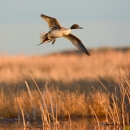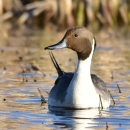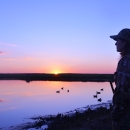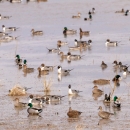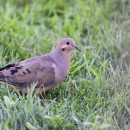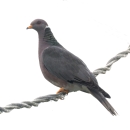Every year, the Harvest Information Program (HIP) sends the U.S. Fish and Wildlife Service (USFWS) the name, address, and screening question information from about 3,500,000 migratory bird hunters. Based on answers to the HIP questions, some of them are asked to participate in one of five Migratory Bird Hunter Surveys. Each of these surveys asks about the harvest of a different migratory game bird species or species group. The five surveys are
- doves (mourning and white-winged) and band-tailed pigeons
- waterfowl (ducks, sea ducks, geese, and brant)
- American woodcock
- webless species (snipe, coots, rails, and gallinules)
- sandhill cranes
Selected hunters are sent a survey close to the beginning of the hunting season. Then, they can record their hunting experiences throughout the season. As more HIP registrations are received, the sampling of hunters continues.
The USFWS needs harvest reports from as many survey participants as possible to estimate harvest. Therefore, after the hunting season is over, the USFWS reminds sampled hunters who have not responded to complete their surveys. Currently, survey response rates are about 50% for all Migratory Bird Harvest Surveys.
Participation is voluntary and responses are kept confidential.
The USFWS analyzes survey responses to estimate the total migratory bird harvest, number of active hunters, total days spent afield, and average seasonal bag per active hunter. For waterfowl, this survey produces harvest estimates for groups of species: ducks, geese and sea ducks. Then, results are combined from the Parts Collection Survey to calculate species-specific harvest. Summarized results can be found within the annual Migratory Bird Hunting Activity and Harvest Reports that are released each summer.
If you are a survey participant, you can enter data online at the Hunter Survey website. Or if you are using a paper form and need more space to record all of your hunting trips, you can order more Hunter Survey forms by going to the Materials Request page and follow the instructions.


